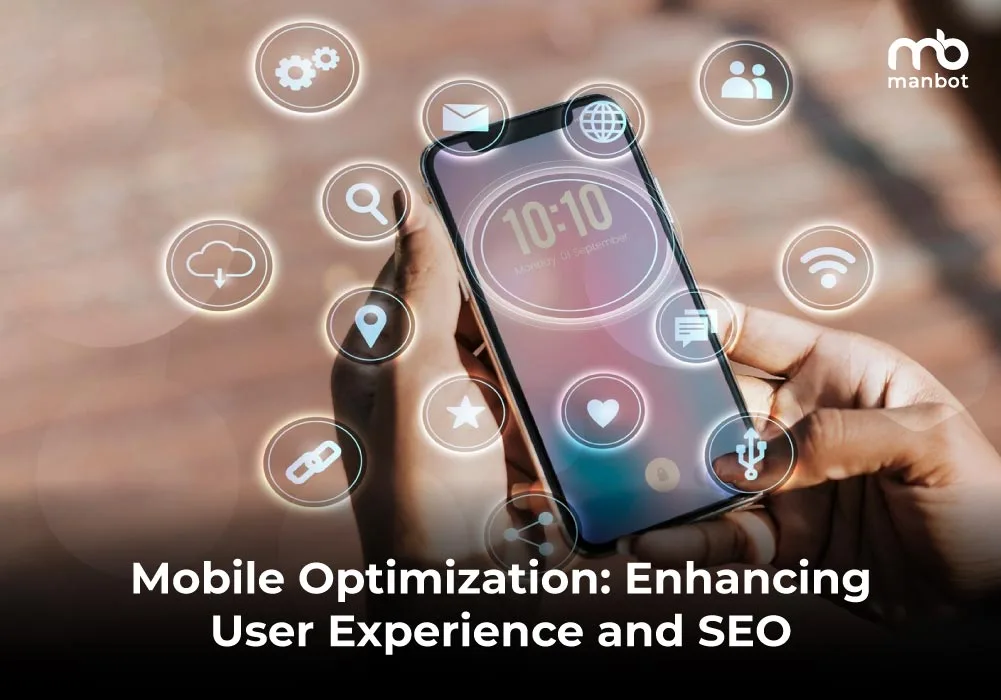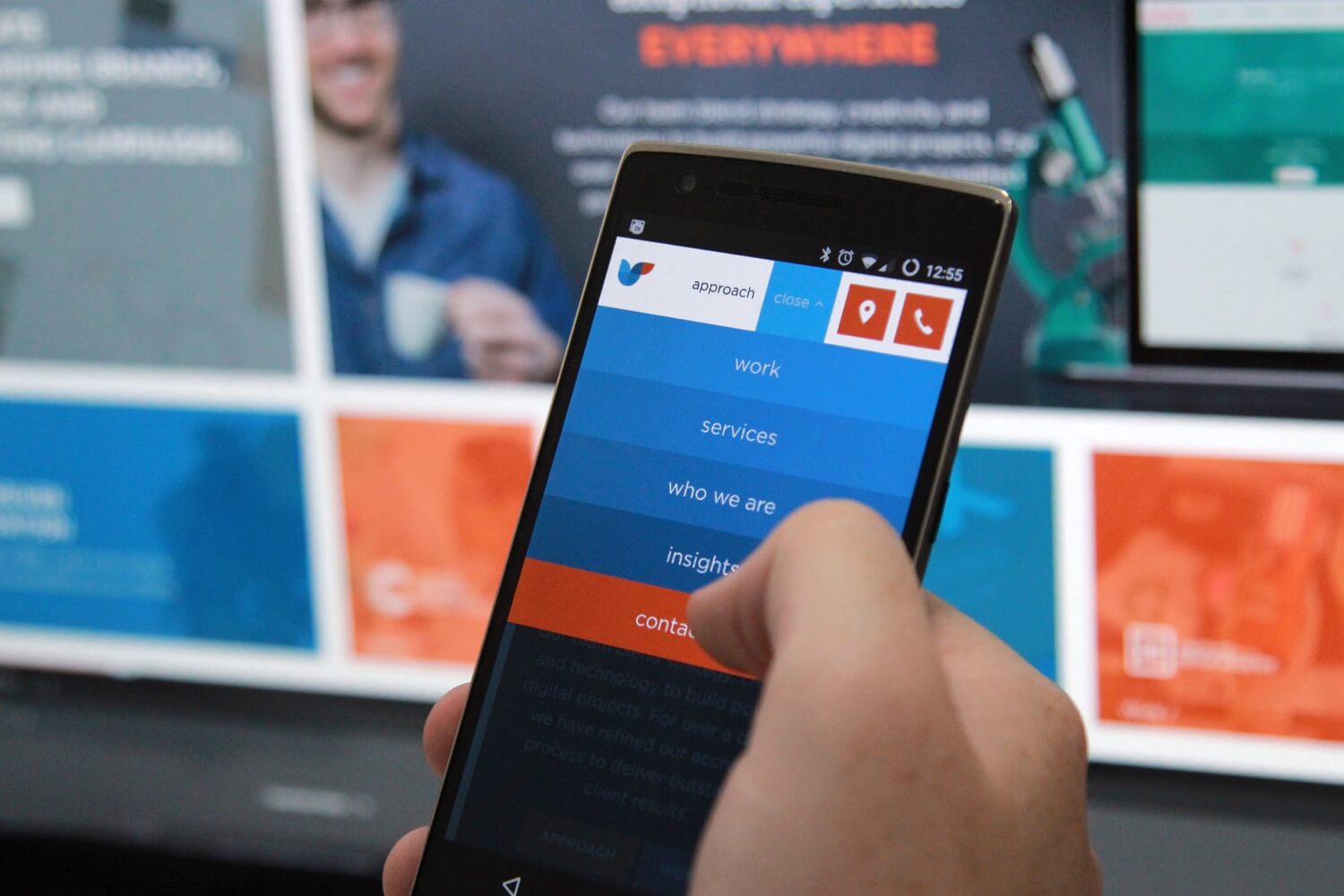Boost Individual Experience with Cutting-Edge Mobile Optimization
Boost Individual Experience with Cutting-Edge Mobile Optimization
Blog Article

The Ultimate Overview to Mobile Optimization: Methods for Enhancing Site Performance on Smartphones and Tablets
The strategies for enhancing web site performance on mobile platforms go beyond simple adjustment; they include a comprehensive approach that includes responsive design, speed optimization, material methods, and individual experience enhancements. By diving into the ins and outs of mobile optimization, services can not just meet individual expectations however also remain in advance in an affordable digital landscape.
Significance of Mobile Optimization
Mobile optimization plays a critical duty in improving user experience and driving conversion rates in the ever-evolving digital landscape. With the boosting use smartphones and tablet computers for searching the web, making sure that web sites are enhanced for mobile phones has actually become necessary for services - Mobile Optimization. A mobile-optimized web site not only adjusts effortlessly to various display dimensions but additionally lots quickly, giving customers with a smooth and pleasurable searching experience
In today's busy globe, customers anticipate instant accessibility to info on the move. A web site that is not maximized for mobile tools risks shedding possible consumers because of slow filling times or a bad individual interface. By purchasing mobile optimization, organizations can provide to the demands of their mobile audience, bring about higher interaction and boosted conversions.
Moreover, online search engine like Google focus on mobile-friendly web sites in their rankings, making mobile optimization crucial for enhancing exposure and drawing in natural traffic. Mobile Optimization. Generally, the significance of mobile optimization can not be overemphasized, as it straight affects individual fulfillment, conversion prices, and overall business success in the digital realm
Responsive Style Strategies
Executing receptive style methods guarantees that websites dynamically change their format and content based on the customer's gadget screen size, offering a constant individual experience throughout numerous platforms. One of one of the most typical techniques utilized in receptive design is developing fluid grids that enable web content to resize proportionally to the display dimension. This makes certain that aspects on the webpage keep their relative spacing and setup, optimizing the seeing experience for users on different tools.
Furthermore, making use of adaptable pictures that can scale with the dimension of the viewport helps avoid images from being cropped or misshaped on smaller sized screens. CSS media inquiries play a critical role in receptive style by enabling programmers to apply specific designs based on the gadget attributes such as screen width, elevation, and orientation. By leveraging media inquiries, web sites can adapt their design and layout to suit smartphones, tablet computers, and Going Here desktop screens perfectly.
Incorporating receptive layout techniques not just improves customer experience yet also adds to enhanced search engine positions, as online search engine like Google focus on mobile-friendly websites in their mobile search engine result. By embracing receptive design, sites can accommodate the diverse demands of individuals accessing web content on a variety of devices, inevitably driving involvement and conversions.
Speed and Performance Optimization

One secret method is optimizing images and multimedia content to decrease file sizes without jeopardizing high quality. Compressing images, leveraging modern-day photo layouts like WebP, and careless packing offscreen photos are reliable techniques to quicken lots times (Mobile Optimization). Lessening HTTP demands, leveraging web browser caching, and reducing server action times are vital steps in enhancing efficiency.
Executing a content shipment network (CDN) can additionally dramatically improve site speed by dispersing web content across numerous moved here web servers worldwide, reducing latency for customers accessing the website from different locations. Prioritizing critical above-the-fold web content and deferring non-essential manuscripts can better boost viewed performance. By concentrating on rate and performance optimization, sites can deliver a seamless and satisfying individual experience on mobile phones.
Mobile-Friendly Material Techniques
Mobile-friendly content methods include customizing the discussion of info to match the smaller displays and on-the-go nature of smartphone and tablet computer users. In addition, breaking up content right into much shorter paragraphs and utilizing bullet factors can help boost readability and make it simpler for users to eat information swiftly.
Including interesting visuals, such as pictures and video clips maximized for mobile viewing, can also improve the general user experience. These visuals should matter, top quality, and load rapidly to protect against users from losing passion. Incorporating interactive elements like tests, polls, or surveys can boost customer interaction and motivate active participation.
User Experience Enhancements
Structure on the foundation of mobile-friendly material methods, enhancing customer experience involves maximizing every touchpoint to make sure seamless communication and contentment for mobile users. One essential facet of boosting individual experience on smart phones is making certain fast loading times. Users anticipate web sites to fill rapidly on their mobile phones and tablets, and any kind of hold-ups can bring about disappointment and enhanced bounce rates. Applying responsive layout is one more key aspect in enhancing customer experience. Responsive design makes sure that internet sites adjust to various screen dimensions and resolutions, supplying a regular and user-friendly experience throughout various devices.
In addition to speed and responsive design, simplifying navigating is necessary for a positive individual experience. Clear and user-friendly navigating food selections, noticeable search bars, and tactically Web Site put call-to-action switches can help customers conveniently find what they are trying to find on a mobile website. Optimizing types for mobile users by minimizing the variety of fields and using auto-fill features can also enhance the total customer experience. By concentrating on these user experience improvements, web sites can effectively involve and retain mobile visitors.
Verdict
Finally, mobile optimization is essential for boosting site performance on mobile phones and tablet computers. By applying receptive style strategies, maximizing speed and performance, creating mobile-friendly content, and improving user experience, services can effectively get to and engage with their mobile target market. It is important for web sites to adapt to the raising mobile use trends in order to stay competitive in the electronic landscape.
Report this page